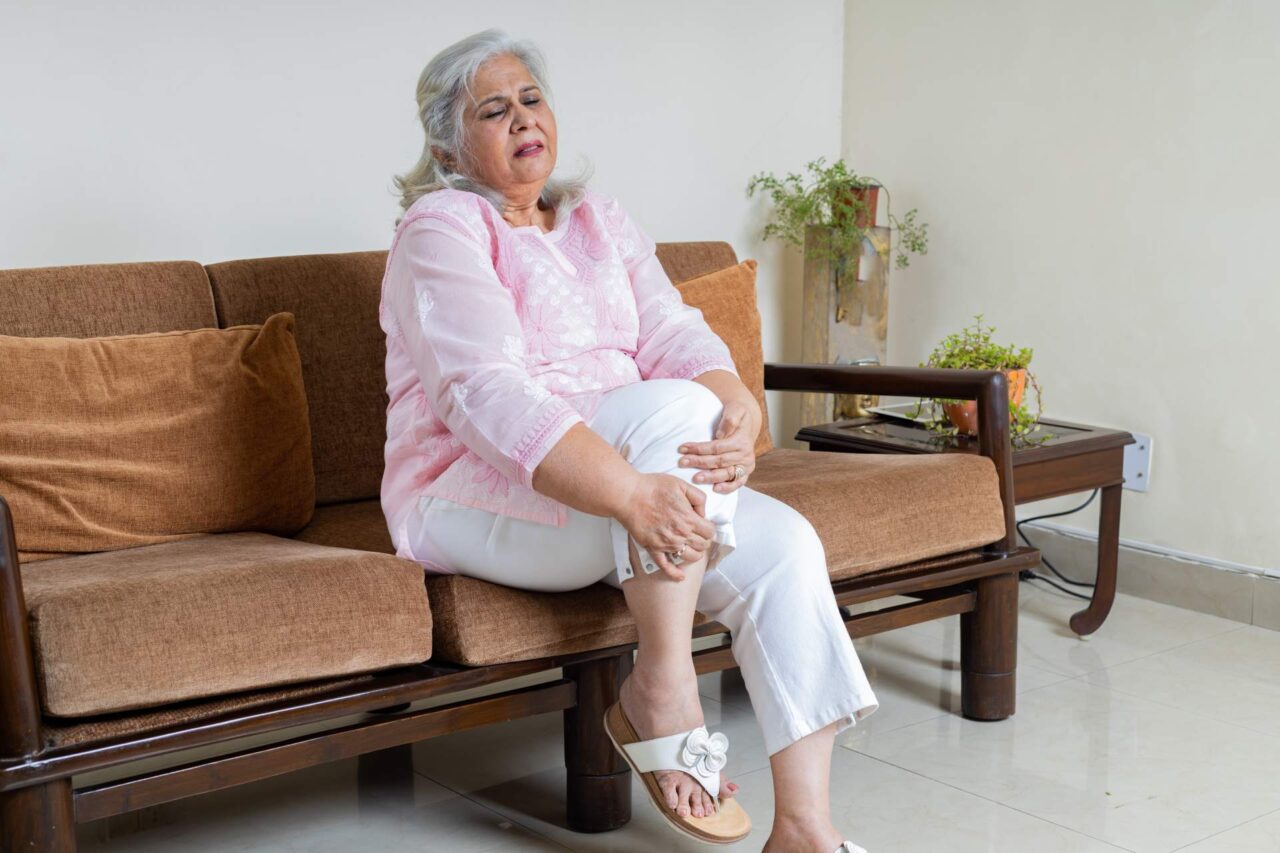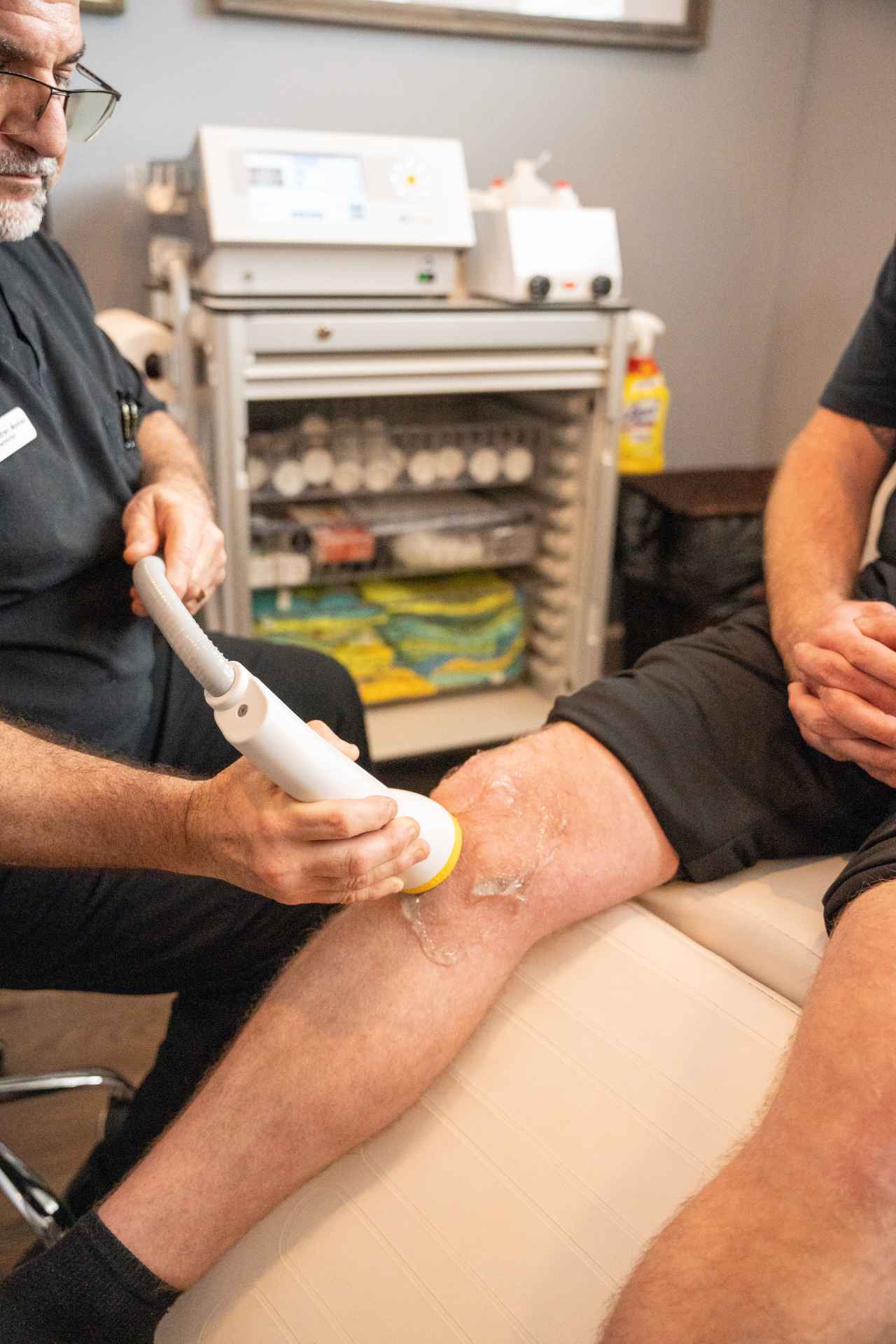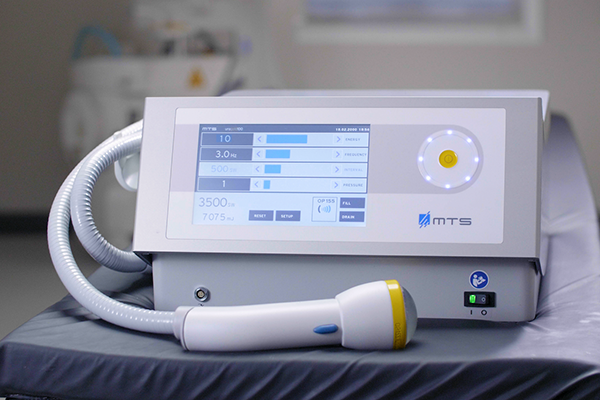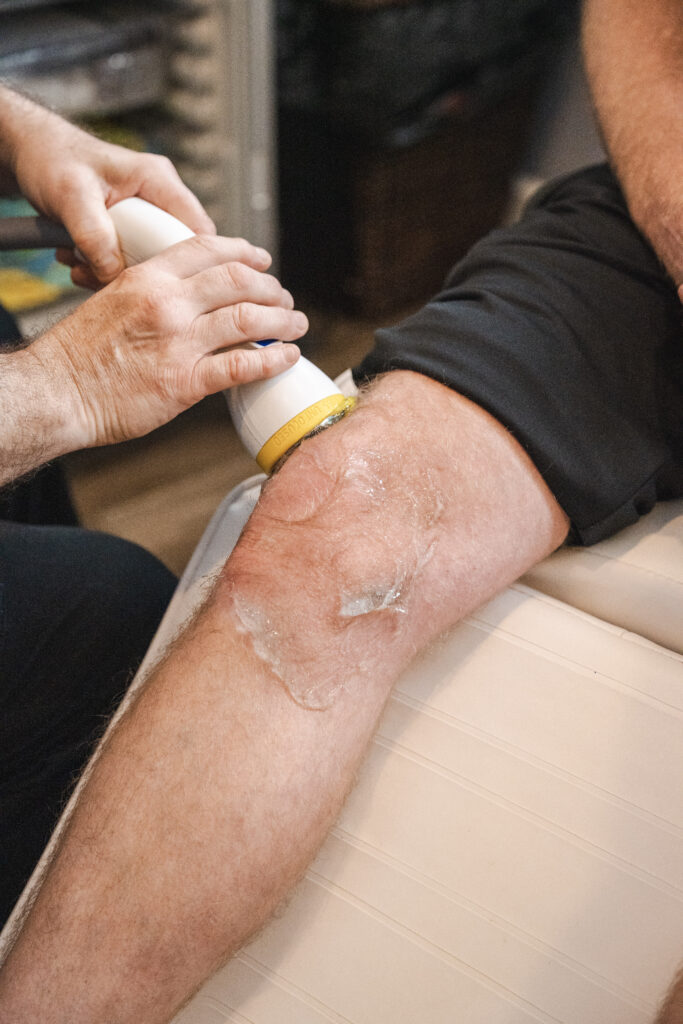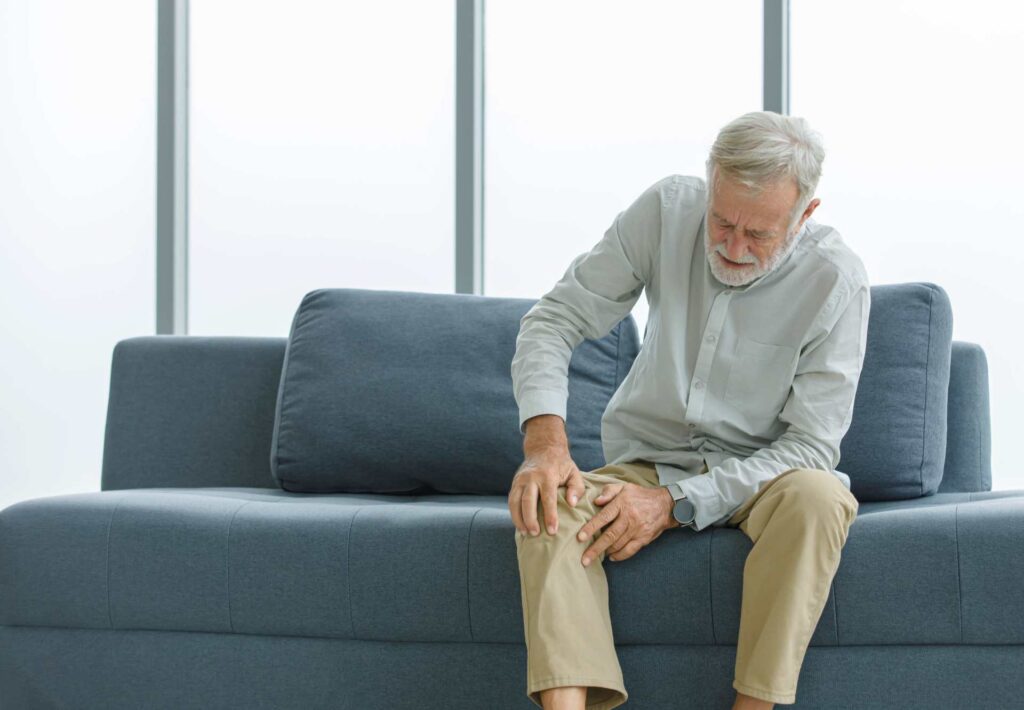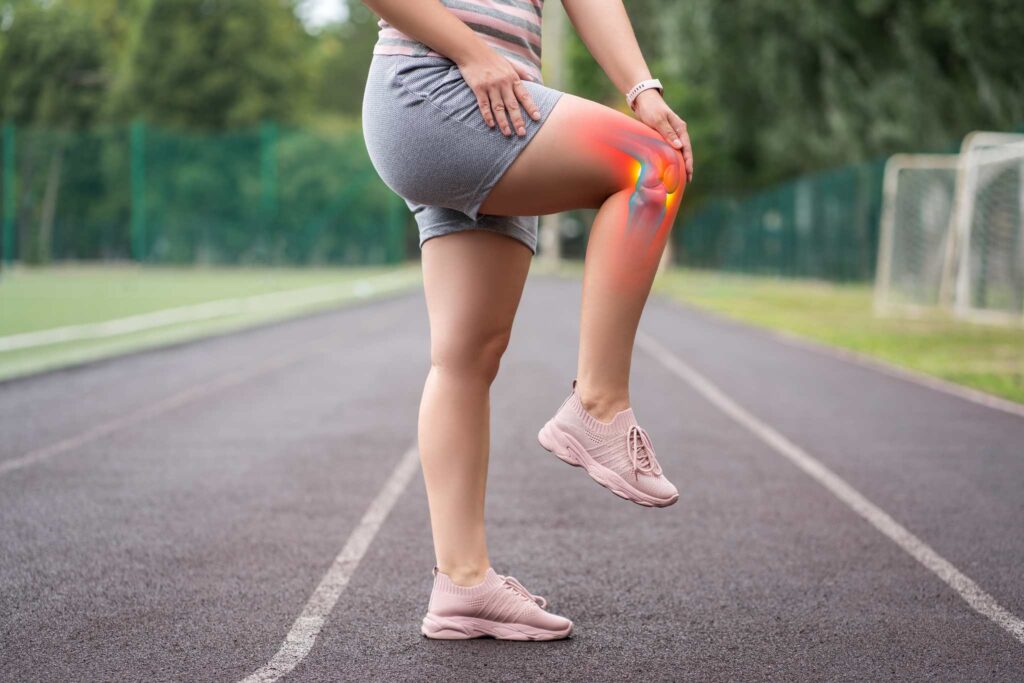What To Do About Sharp Needle Like Pain in Knee While Kneeling
Home » Blog » What To Do About Sharp Needle Like Pain in Knee While Kneeling
When you kneel and feel a sudden, sharp pain that feels like needles in your knee, it’s more than just uncomfortable—it can be concerning. This type of knee pain is a common issue for many, especially among athletes, older adults, and those engaged in jobs requiring a lot of kneeling. Understanding this pain and finding the right treatment for your sharp needle-like pain in knee when kneeling can make a big difference in your comfort and mobility. In this blog, we’ll explore why you might be experiencing sharp needle-like pain in your knee when kneeling and the best treatment options available.
Causes of Sharp Needle-Like Pain in Knee When Kneeling
Several underlying conditions can contribute to sharp knee pain when kneeling. Here are some of the most common culprits:
- Arthritis: This is a general term for wear-and-tear of the joint. Arthritis can cause inflammation, stiffness, and sharp pain, which can worsen with activities like kneeling due to the increased stress on the joint.
- Patellar Tendonitis: Often referred to as “jumper’s knee,” this condition involves inflammation of the tendon that connects your kneecap to your shinbone. It’s especially common among athletes who participate in sports requiring frequent jumping and intense knee use.
- Bursitis: The bursae are small, fluid-filled sacs that cushion your joints. Inflammation of the bursae around the knee, particularly the prepatellar bursa located just above the kneecap, can cause sharp pain when pressure is applied to the area during kneeling.
- Meniscal Tears: The meniscus is a piece of cartilage that acts as a shock absorber between your femur (thigh bone) and tibia (shin bone). Meniscal tears can result from
- Osgood-Schlatter Disease: Particularly common in adolescents during growth spurts, this condition is characterized by pain and swelling just below the knee where the patellar tendon attaches to the shinbone. It’s typically seen in young athletes who participate in sports that involve frequent running and jumping.
- Chondromalacia Patella: Also known as “runner’s knee,” this condition involves the softening and breakdown of the cartilage beneath the kneecap, leading to pain and discomfort when kneeling or moving the knee.
Each of these conditions can cause sharp needle-like pain in the knee when kneeling, often exacerbated by specific activities that strain the knee joint. Understanding the specific cause of your knee pain is crucial for selecting the appropriate treatment to alleviate the discomfort and prevent further injury.
Diagnosis of Knee Pain: What to Expect at Your Doctor’s Visit
When you visit your doctor to discuss knee pain, you can expect a thorough examination that involves several steps:
- Medical History: Your doctor will ask about your pain, including how often it occurs and what you were doing when you first noticed it. This helps to narrow down potential causes.
- Physical Examination: The physical exam may involve bending your knee, checking for swelling and tenderness, and evaluating your range of motion.
- Imaging Tests: To get a clearer picture of what’s happening inside your knee, your doctor might order imaging tests such as X-rays or MRIs. These tests help in identifying structural damage or changes in the knee joint.
A correct diagnosis is crucial as it guides the treatment plan, ensuring that you receive the most appropriate and effective care.
Treatments for Sharp Needle-Like Pain in Knee When Kneeling
Treatment for knee pain should address the underlying cause and may include a mix of lifestyle adjustments and medical interventions.
Common Treatments for Knee Pain
These are usually the first line of defense and include:
- Conventional Methods: Depending on the cause, your doctor might prescribe anti-inflammatory medications to reduce swelling and pain. Physical therapy exercises can strengthen the muscles around your knee, improve joint stability, and increase flexibility.
- Home Remedies: Resting your knee, applying ice packs to reduce inflammation, and using heat therapy to soothe stiffness can all contribute to pain management. Maintaining a healthy weight and wearing supportive footwear also play a crucial role.
Advanced Treatment Options for Persistent Knee Pain
In cases where common treatments are not effective, your doctor might recommend:
- Surgery: This is considered when there is significant damage that cannot heal on its own.
- Injections: Corticosteroid injections are used to reduce inflammation and provide pain relief.
SoftWave Therapy: A Non-Invasive Treatment for Knee Pain
SoftWave Therapy is an innovative and non-invasive treatment option uses low-frequency sound waves to accelerate the healing process in soft tissues. Here’s how it works for knee pain:
- SoftWave Therapy targets the source of knee pain, promoting blood flow and stimulating the body’s natural healing mechanisms. This helps reduce inflammation and pain, ultimately promoting tissue repair.
- The therapy is painless and requires no needles or medication. It’s often used in conjunction with other treatments like physical therapy to enhance results.
- While several treatment sessions are typically recommended, SoftWave Therapy offers a safe and effective alternative to more invasive procedures.
Learn more about Shockwave Therapy and Knee Pain
Preventing Knee Pain When Kneeling
Taking proactive steps can significantly reduce your risk of experiencing sharp knee pain when kneeling. Here are some practical tips to keep those knees healthy:
- Proper Kneeling Technique: Kneel on a thick pad or cushion to distribute pressure evenly and minimize stress on your joints. When possible, kneel on both knees instead of one to spread the load.
- Protective Gear: Consider using knee pads for activities that require prolonged kneeling, such as gardening or construction work. These pads provide additional cushioning and support.
- Strengthening Exercises: Regularly performing exercises that target the quadriceps, hamstrings, and calves can significantly strengthen the muscles that support your knee joint. Stronger muscles help absorb shock and improve stability, reducing your susceptibility to injuries.
- Warm Up and Cool Down: Before activities that involve kneeling, take a few minutes to warm up your joints with gentle stretches. Similarly, cool down with static stretches afterwards to maintain flexibility and prevent stiffness.
- Maintain a Healthy Weight: Excess weight puts additional strain on your knee joints. Maintaining a healthy weight through a balanced diet and exercise can significantly reduce your risk of knee pain.
The Best Shockwave Therapy for Knee Pain
Are you looking for safe, reliable, and effective relief from knee pain?
SoftWave therapy is FDA-cleared, patented, and nationally recognized for its leading tissue regeneration technology. Unlike other types of high-energy shockwave treatments, SoftWave is the only shockwave therapy on the market that uses true unfocused shock waves that treat larger and deeper areas of tissue.
Thousands of patients have experienced the benefits of SoftWave for plantar fasciitis, including:
- Little to no side effects
- Short treatment time
- Quick recovery
- Long-lasting results
Find a SoftWave Therapy provider near you or learn more about SoftWave and whether or not you’re eligible for full treatment today!
New Patient Special
Try SoftWave for just $69 at a clinic near you and learn if you’re a candidate for full treatment

